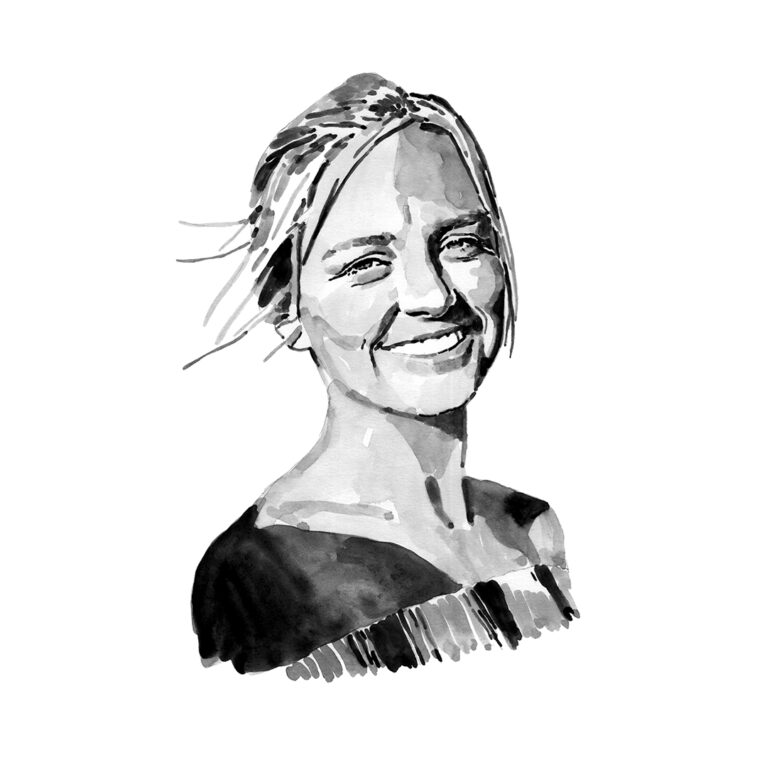Sophie Prendergast

Who I am
Growing up in Southern California, I had the privilege of exploring everything from kelp forests to sea-grass beds to tidal pools and observing how the different animals interacted with each other and their environment. I was 10 when I told my parents that I wanted to be a marine biologist. As I was so young, they assumed this was just a phase, but it was one I never grew out of. Although my specific interests have evolved over time, I have always been drawn to elasmobranch ecology and physiology. Undeterred by the highly competitive nature of the field, I took every opportunity to broaden my scientific skill set by working on projects ranging from an assessment of seabird nesting sites to the consumption of microplastics by Pacific herring.
After receiving my undergraduate degree from the University of Puget Sound, I began a six-month volunteer placement at the Bimini Biological Field Station to gain experience with research relating directly to my interest in elasmobranch movement ecology. Following my volunteer placement, I joined the staff as assistant manager and remained in Bimini until 2019 before moving to the UK to pursue a Master of Research (MRes) at the University of Plymouth. Here, with Professor David Sims, I studied the potential for the sex-biased exploitation of blue and mako sharks in the North Atlantic. Upon completing my MRes during the global pandemic in 2020, I discovered that finding a position within my field of interest was difficult. It wasn’t until 2021 that I was hired to test a new multi-sensory archival tag package on blue sharks in the Azores. This position led me to where I am today: living my dream by studying the movement behaviour and physiology of sicklefin devil rays and blue sharks for my PhD at the University of the Azores.
Where I work
The Azores archipelago is a loose cluster of nine volcanic islands off the coast of Portugal, located in the centre of the North Atlantic Ocean just east of the tectonic divide between the European and North American plates. I am currently living on Faial and working with an incredible team of researchers from the University of the Azores Campus in the town of Horta. Located within the ‘centre’ of the Azores, Faial has Pico and São Jorge as its nearest neighbours and they are all surrounded by an incredible array of deep-sea ecosystems and sea mounts that support an exceptionally diverse range of marine life, including blue sharks and sicklefin devil rays. To study the regional movement patterns of the devil ray I spend most of my time at sea, at offshore locations known to support aggregating populations of the species. Currently we are monitoring devil ray aggregations around Faial, but in future we will also travel to Santa Maria to study the species’ regional distribution patterns and investigate the bio-ecological drivers of habitat use.
What I do
A large portion of my PhD is dedicated to improving our understanding of the three-dimensional movement patterns of sicklefin devil rays (how they move horizontally through space and vertically within the water column) and investigating the physiological mechanisms that enable individuals to move between the epipelagic ecosystem, near the surface of the ocean, and the much deeper bathypelagic ecosystem. To achieve this our team will deploy satellite archival tags that collect and transmit data about the location of the tagged rays and the environmental conditions (depth, temperature and light geolocation) they are in. The tags are fitted on free-swimming rays, via free-diving, and will remain on them for up to 240 days. With the data we collect we can investigate how sicklefin devil rays utilise their vertical habitat and provide insight into their preferred environmental conditions.
